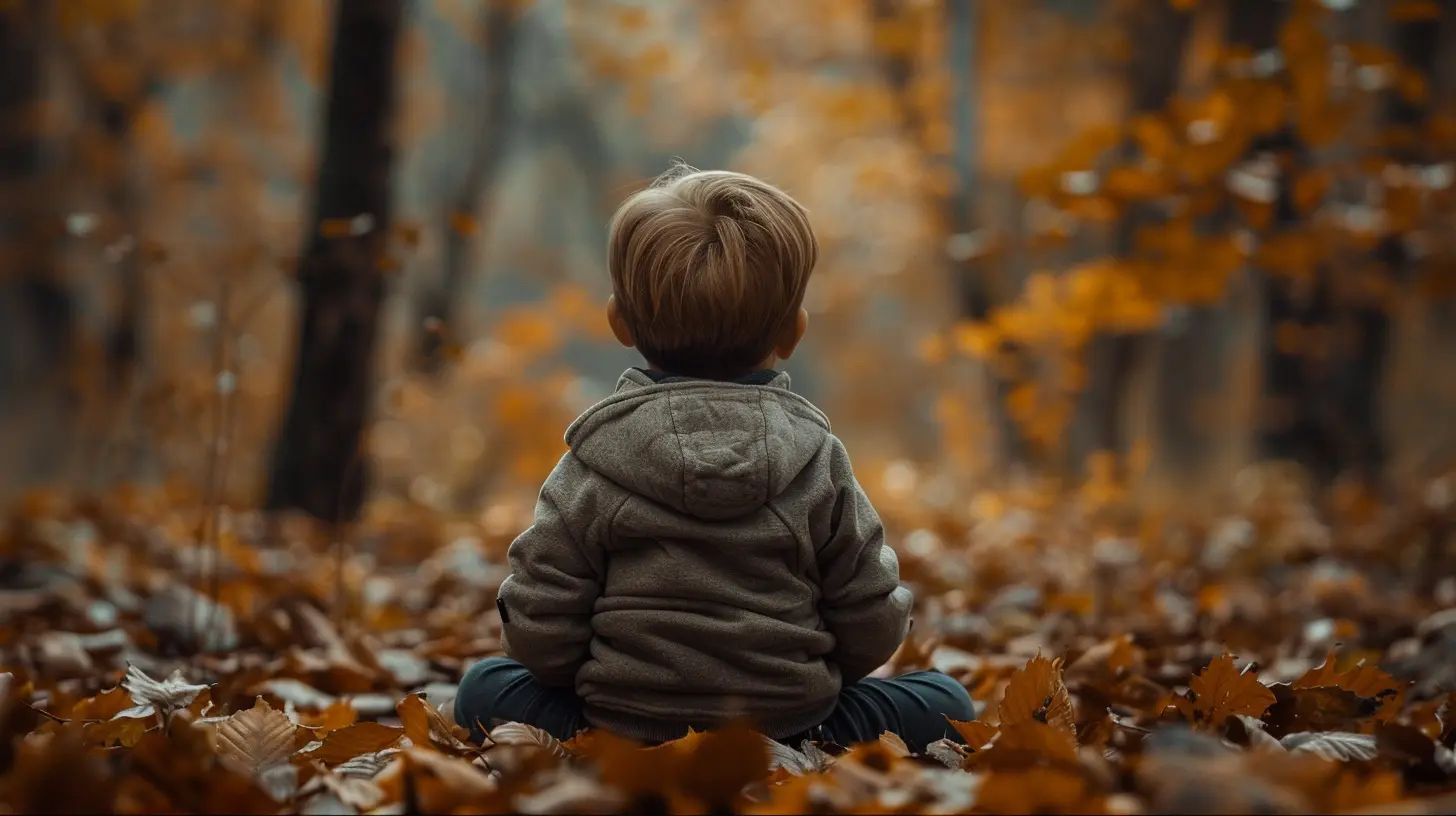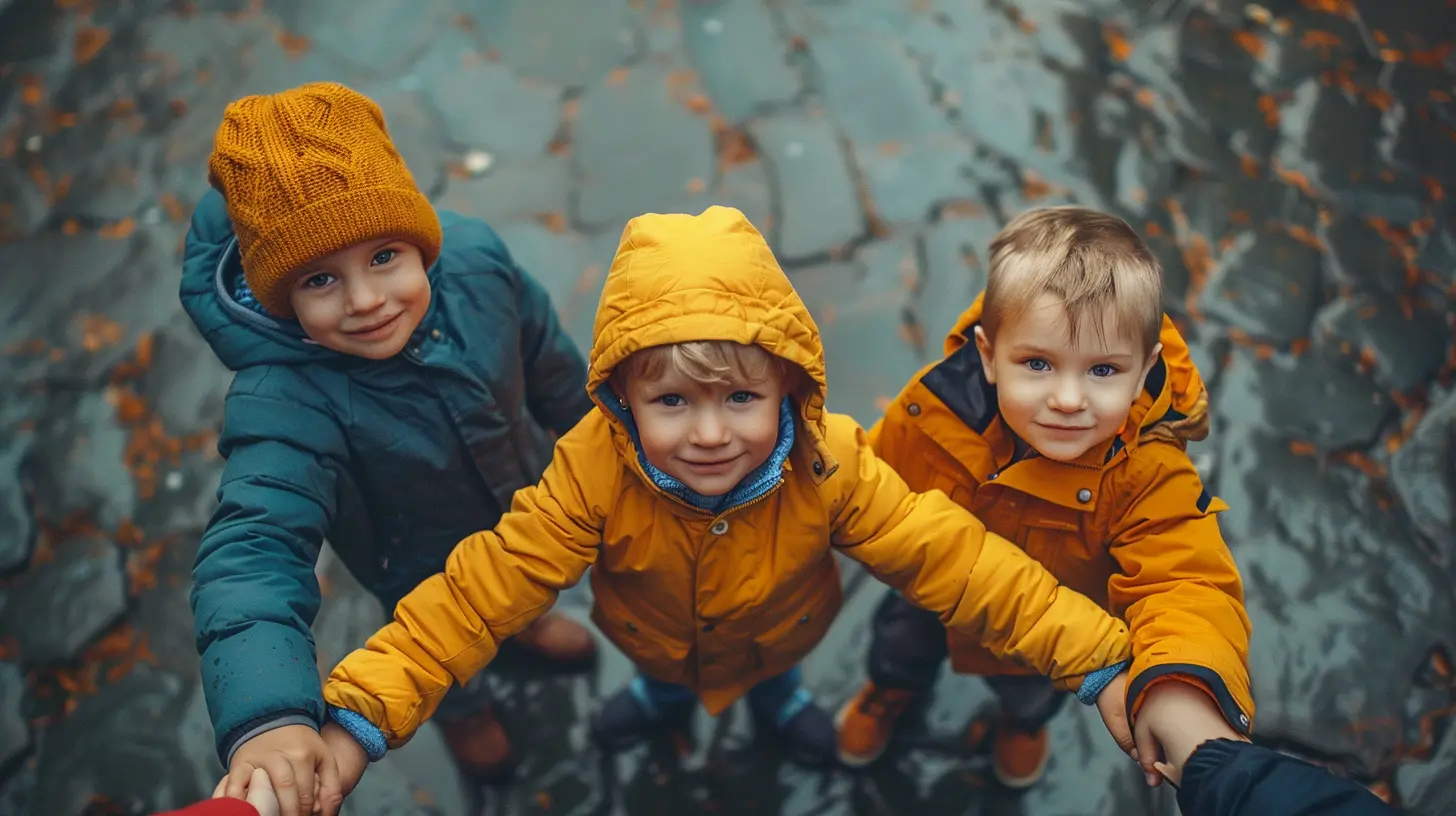Connecting with Feelings: Using Play to Teach Empathy in Early Childhood
12 July 2025
Teaching empathy to toddlers and young children can feel like trying to teach calculus to a cat—but here’s the good news: empathy isn’t taught with worksheets. It’s nurtured, explored, experienced. And the best tool we’ve got in our parenting toolbox? Play.
Yep, good old-fashioned playtime. Rolling cars on the rug, pretending to be dinosaurs, or throwing a pretend tea party with stuffed animals can do more than just keep your little one busy. It can shape their hearts, help them identify feelings, and grow into emotionally intelligent humans.
So let’s dive in. Grab your coffee, and let’s chat about how everyday play can help our kids connect with feelings and build empathy.
Why Empathy Matters in the Early Years
Empathy is the ability to understand and share the feelings of others. It’s what helps our kiddos learn to care when someone’s sad, to share when someone’s left out, to use kind words instead of hitting. It doesn’t just promote kindness—it promotes connection.And here’s the kicker: the roots of empathy don’t start in middle school or even kindergarten. They start as early as age two, right when our toddlers begin to notice emotions in others. But they have to practice it over and over again—just like tying their shoes or learning to ride a bike.
So how do you give them that practice without turning into a walking feelings dictionary? You guessed it—through play.
Play: A Child’s First Language
Play isn’t just messing around. For children, it’s their voice. It’s how they make sense of the world around them. If you think about it, imaginative play is basically kids rehearsing real-life social situations—but with dolls, dinosaurs, or blocks.Through role-play, storytelling, games, and even simple interactions, children get to “try on” different emotions. They get to step into someone else’s shoes—literally, if your kid is like mine and raids your closet every chance they get.
And that’s exactly what empathy is: stepping into someone else's feelings.
Types of Play That Build Empathy
Not all play is created equal when it comes to fostering empathy. Some types really zero in on emotional development. Here's a look at a few of the most effective ones:1. Pretend Play (a.k.a. Role-Playing)
When your child pretends to be a doctor, a parent, a superhero, or even the family dog, they’re not just mimicking—they’re practicing perspective-taking.How it builds empathy:
When a child pretends to take care of a sick teddy bear, they're thinking, "What does it feel like to be hurt?" They're imagining someone else’s experience. That’s empathy in action.
Try joining in their world. Say something like, “Oh no! Mr. Bear looks really sad. What can we do to help him feel better?” Boom—you're opening the door to emotional discussion.
2. Storytelling and Books
Ever notice how kids get totally absorbed in stories? Whether it’s bedtime books or made-up tales, stories help children connect with characters on an emotional level.How it builds empathy:
Characters face problems, make mistakes, feel joy, sadness—all the things your child is learning to navigate too. Ask questions while reading: “How do you think she feels right now?” or “What would you do if that happened to you?” You're helping your child reflect and respond emotionally.
Bonus tip: Choose books with diverse characters and experiences to help them understand lives outside their own little bubble.
3. Emotion-Themed Toys and Games
Toys that focus on emotions (like dolls with different faces, matching games with facial expressions, or emotion pillows) are subtle but powerful tools.How it builds empathy:
By labeling emotions and matching expressions to feelings, kids learn to recognize what someone else might be going through. It's like giving them a cheat code to understanding others.
You can even make your own. Draw emotion faces on paper plates or use emojis and play a guessing game. “Which face looks like it’s feeling excited? Which one looks worried?”
4. Collaborative Play
Think group puzzles, building towers together, or cooking pretend food. These activities require listening, turn-taking, and (let's be real) navigating some serious toddler negotiations.How it builds empathy:
Your child has to tune into what their playmate (or you!) needs or feels. If a block tower falls and their friend is frustrated, that's a real-time opportunity to talk about feelings and how to help.
Daily Play Activities to Teach Empathy
Looking for easy, no-fuss play ideas that sneak in empathy lessons? Here are a few that won’t require a trip to the craft store:1. Feelings Charades
Act out different emotions without using words. Let your child guess what you're feeling. Then switch!Why it works: It helps kids read nonverbal cues like body language and facial expressions—super important skills for emotional intelligence.
2. Stuffed Animal Hospital
Set up a space where toys “get hurt” and need care. Ask your child how to help them feel better.Why it works: It invites nurturing behavior and encourages kids to think about others’ needs.
3. Emotion Puppets
Use paper bags or socks to create puppets with different emotions. Let them “talk” to each other about their day.Why it works: It gives your child emotional distance while exploring tricky feelings in a safe way.
4. Kindness Jar
Each time your child shows empathy or kindness, drop a pom-pom in a jar. When it’s full, do something special together.Why it works: It creates a visual representation of their kind actions, reinforcing the behavior in a positive way.
How Parents Can Support Empathy Through Play
Sure, letting kids lead is important—but your role in their play matters too. Here's how you can boost the benefits:Be a Co-Player
Don’t just observe—get involved. Narrate their actions, ask questions, and reflect their feelings. You’re like a mirror and a guide all rolled into one.Model Empathy Yourself
Kids are always watching (sometimes even when we wish they weren’t). Show empathy in your everyday life. “Oh, Daddy’s had a long day; let’s give him a quiet space,” or “You look frustrated. Want to talk about it?” Empathy starts with us.Validate All Emotions
Don’t rush to “fix” their feelings. Even when their doll is “crying” because she lost her shoe, use it as a teachable moment. “It’s okay to feel sad when we lose something. What can help her feel better?”Set the Stage (Literally)
Create a play environment that invites creativity—think open-ended toys, cozy reading corners, dress-up boxes, or even cardboard boxes that become rocket ships, grocery stores, or pet clinics. Imaginative play thrives in the right space.Common Challenges (And How to Handle Them)
Teaching empathy through play isn’t always rainbows and giggles. Sometimes, the game ends in tears or someone throwing a stuffed bear across the room. Here’s how to roll with it:“My Child Only Wants to Be the Hero”
That’s okay! At first, kids may always want to win or be in control. Gradually, you can encourage other roles by saying, “Hmm, what if your superhero helps someone instead of saving the day alone?”“They Laugh at Others Getting Hurt”
It's common for toddlers to be uncertain about serious emotions. They’re still learning what’s “okay” to laugh at. Use it as a moment to pause and explain: “Sometimes people laugh when they feel nervous or unsure. But when someone is hurt, it’s helpful to show we care.”“They Just Don’t Seem to Get It Yet”
Empathy is a long game—like growing a garden. Some days, you're just planting seeds. Repetition, patience, and loving guidance are what make it grow.Final Thoughts
Empathy doesn’t sprout overnight. But through the power of play, you’re giving your child tiny daily chances to connect with their emotions and the emotions of others. And those chances? They add up.The laughter over tea parties, the whispered conversations between toys, and even the squabbles over who gets the red crayon—every moment is a miniature rehearsal for kindness, compassion, and connection.
So the next time you’re down on the floor surrounded by blocks and talking bears, remember: You’re not just playing. You’re raising a little human who can feel for others. And that? That’s a pretty amazing thing.
all images in this post were generated using AI tools
Category:
Teaching EmpathyAuthor:

Tara Henson
Discussion
rate this article
1 comments
Cypher Roberts
Thank you for this insightful article! It’s a beautiful reminder of the importance of play in nurturing empathy. I can’t wait to incorporate these ideas with my little ones!
July 18, 2025 at 4:35 AM

Tara Henson
Thank you so much for your kind words! I'm thrilled to hear you found it helpful and that you're excited to incorporate these ideas with your little ones. Happy playing!


